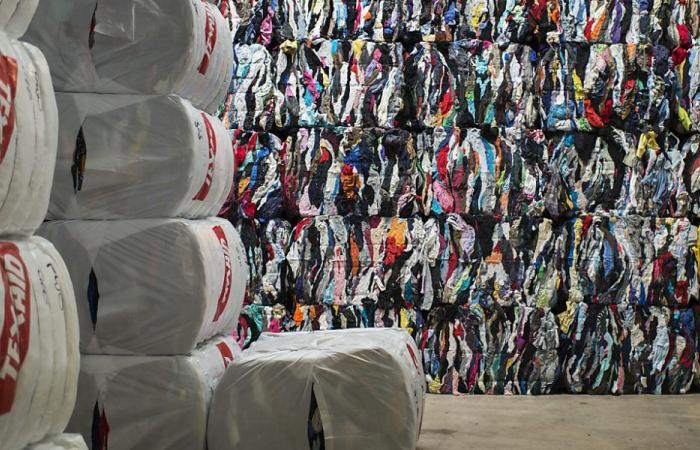In Switzerland, each year, 60,000 tonnes of textile products are collected, nearly 7 kg per person. If this collection system works well, the recycling possibilities are limited, according to a report adopted Wednesday by the Federal Council.
Some 60% of the textiles collected are reusable, especially as a second -hand clothing. In addition, almost 28% are subject to a material valuation, that is to say that they generally go through a line of fraying or are recycled in the form of rags. The remaining 12% is eliminated as waste, we can read in the report.
In addition to the textiles harvested, some 36,700 tonnes of clothes and shoes, about 4.1 kg per person, end in household waste and are burned.
Only 2% of the articles collected in Switzerland are however sorted in the country. This is mainly explained by high costs, the work being mainly carried out by hand. There is also no fraying installation in Switzerland. Certain representatives of the branch, however, plan to invest jointly in such an installation.
Another revaluation technique, chemical recycling, is largely not yet marketable. This process depolymizes used textiles using chemicals in order to make fibers that have qualities comparable to those of primary materials.
The establishment of an early tax on recycling, like what is done for PET, would also be a means of promoting the circular economy in this area. The association “Swiss Fabrication Loop”, which aims to develop such a system, was founded last November by seven Swiss textiles and clothing companies, recalls the Federal Council.
This article was published automatically. Source: ATS








